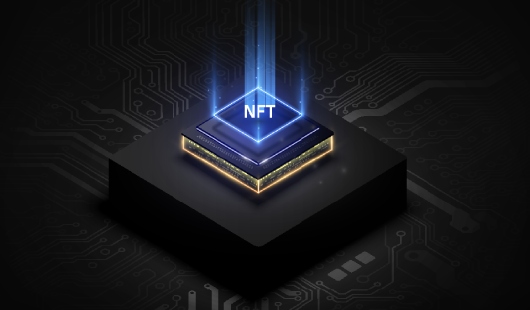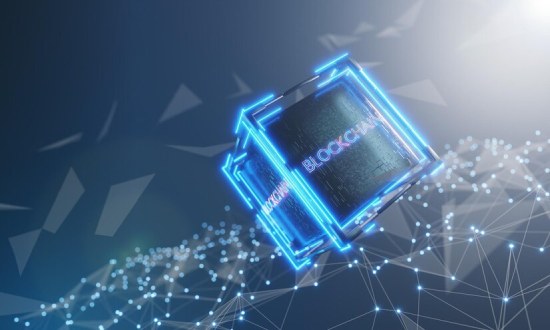-
Solana's newest NFT standard, compressed NFT (non-fungible tokens) or cNFT aims to improve scalability and reduce the cost of storing NFTs on-chain. The relatively nascent technology is currently responsible for most NFTs minted in Solana. In this guide, we will learn about compressed NFTs on Solana, the compression process on Solana, and more about cNFTs. For more about NFTs, visit our NFT development services.
What is NFT Compression
As the use of NFTs increases, developers face new hurdles in optimizing storage and lowering the expenses associated with minting and transmitting these digital assets.
cNFTs address these concerns by allowing developers to construct and send NFTs more efficiently.
What are Compressed NFTs
A cNFT on Solana is a Non-Fungible Token that has been designed to require less storage space on the Blockchain. This is often accomplished via compressing the NFT's metadata and optionally related media files (such as photographs, movies, or audio) to reduce the size and amount of data held on-chain, resulting in cheaper transaction and storage costs.
Using Solana's high transaction speeds and cheap prices, compressed NFTs retain digital asset uniqueness while improving transaction efficiency and the scalability of NFT storage inside the Solana ecosystem. This strategy is best for maintaining blockchain performance and user experience on platforms with large NFT datasets.
Applications of cNFTs
cNFTs should be employed when minting NFTs on a large scale because keeping data off-chain considerably minimizes the cost of renting account space, which every Solana account is obliged to pay for. Here are some such use cases:
Web 3 Game Development
cNFTs can be used to represent in-game elements like characters, objects, and virtual terrain. Compressing these assets allows developers to build more intricate game experiences while keeping storage and transport costs under control.
Ticketing Management
Ticketing platforms can easily generate millions of compressed NFTs and utilize them for lower costs and optimum efficiency in ticketing management.
Rewards/Loyalty Management
Platforms can offer cNFTs as incentives for work completion in large numbers. They can offer them for user engagement, including completing a game level to completing an objective on a platform.
Metaverse Development
As virtual reality and metaverse platforms gain popularity, cNFTs can be utilized to represent digital assets within these immersive settings. By decreasing storage requirements, developers can create richer, more engaging experiences while putting less load on the underlying infrastructure.
Digital Content Platforms
For artists who create work in big quantities or editions, compressed NFTs make it possible to launch whole collections without incurring prohibitive fees.
Industrial Applications
Consider a scenario in which organizations employ NFTs to verify authenticity and ownership in supply chains. Compressed NFTs make it possible to mint product-related NFTs on a large scale.
Social Media Development
Imagine a new-age social media platform where users can earn NFTs by creating content or engaging with others. Compressed NFTs ensure the system's scalability and cost-effectiveness.
Why Develop Compressed NFTs
Cost-effective
Minting and transmitting NFTs can be costly due to the accompanying gas prices. Compressed NFTs can assist lower these expenses by reducing the amount of data that must be stored on the blockchain. cheaper storage requirements can translate into cheaper transaction fees, making the process more inexpensive for both developers and users.
Scalability
As the amount of NFTs created and transferred grows, scalable solutions become increasingly important. Compressed NFTs enable developers to store more assets in the same amount of space, improving overall blockchain performance and reducing network congestion.
Environmental impact
As with all blockchain-based technologies, energy consumption is a concern. Compressed NFTs can assist lower the overall energy consumption involved with minting and transporting NFTs by limiting the amount of data saved on the blockchain. This can help to create a more sustainable NFT ecology.
The Impact on Cost with Compressed NFTs
Minting one million conventional NFTs would cost around 12,000 SOL, however minting the same number of compressed NFTs would cost only 5 SOL, representing a 99.9% cost savings.
The larger the collection of NFTs, the greater the reduction in minting costs via compression.
Because the most significant expense of minting traditional NFTs is paying for storage space on Solana, which compressed NFTs eliminate, the majority of the remaining costs are simple transaction fees.
Where are the compressed NFTs stored?
Compressed NFT metadata is kept in a Merkle tree off-chain with Solana RPC service providers and maintained by an indexer. This is more cost-effective than storing the same data on blockchain. In effect, the data is off-chain, while the Merkle tree root is on-chain and serves as a much smaller proof of data.
Conclusion
Compressed NFTs are a smart development in the NFT development services arena that addresses two major problems that have long been obstacles to the NFT landscape: cost and scalability. Selecting between compressed and standard NFTs is not just a strategic decision; it's a crucial business decision that could have a big impact on the economic viability and scalability of your project.
If you are looking for cNFT development, connect with our skilled NFT developers to get started.

Our Offices
INDIA
Emaar Digital Greens, Sector 61,
Gurugram, Haryana
122011.
Welldone Tech Park,
Sector 48, Sohna road,
Gurugram, Haryana
122018.















